Accounting for more than 40% of the global rice trade, as well as the second-largest producer after China, India’s latest decision to ban the exports of non-basmati white rice with immediate effect (July 20) could trigger further inflation on global food markets. The move comes amid concerns that there could be a supply shortage in the country due to heavy rains damaging paddy crops in Punjab and Haryana.
The Ministry of Consumer Affairs said the ban would help ensure “adequate availability” of non-basmati white rice in India, as well as “allay the rise in prices in the domestic market”. However, as the government of Prime Minister Narendra Modi tries to protect domestic markets from food inflation ahead of a general election next year, the disruption of the global rice market could be serious.
In fact, the ban on exports of non-basmati white and broken rice would be more serious than the impact on the Ukrainian wheat market. That’s because rice is a staple for more than 3 billion people. To make matters worse, the crop that is 90% produced in Asia is being hit by the El Niño weather pattern. Global prices are already trading at their highest level in 11 years.
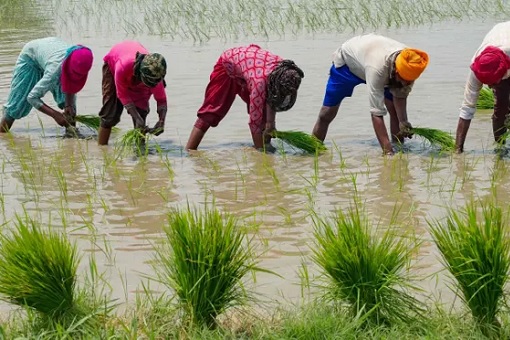
Heavy rain in northern parts of India over the last few weeks has damaged newly planted crops, forcing many farmers to replant. But the farmers must first wait for waters to recede before they can do that as rice paddy fields have been submerged for over a week. In other states like Karnataka, West Bengal and Tamil Nadu, however, farmers faced different problem – inadequate rainfall.
While India’s top export destinations – Bangladesh and Nepal – would be hardest hit by the ban, it also exports to China and African nations like Angola, Cameroon, Djibouti, Guinea, Ivory Coast and Kenya. It exports rice to more than 140 countries, reaching a record 22.2 million tons in 2022, more than the combined shipments of the world’s next four biggest exporters of rice – Thailand, Vietnam, Pakistan and the U.S.
But this is not the first time India has banned rice exports. In September 2022, the Modi government banned the exports of broken rice and imposed a 20% duty on on non-basmati rice varieties (except parboiled rice) as the country plagued with high prices of food grains due to Ukraine War. The ban was cancelled in November the same year after concerns about the risk of rice shortages eased.
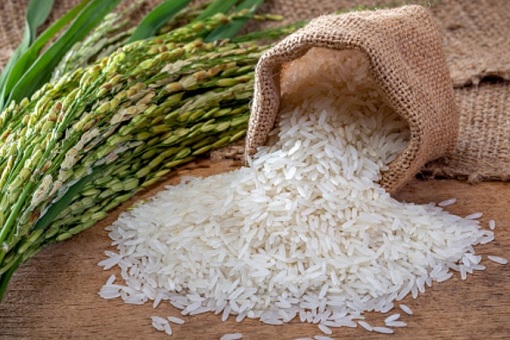
Because non-basmati white rice constitutes about 25% of India’s rice exports, the impact would see affected countries shifting to other suppliers in the region such as Thailand and Vietnam. This in turn creates panic reactions and speculation on global rice markets, adding fuel to the increase in prices. Rice inflation has already accelerated from an average 6% last year to nearly 12% in June 2023.
This week alone, Vietnam, the world’s third-largest exporter after India and Thailand, saw its prices of rice exports skyrocketed to their highest in more than a decade due to concerns of El Nino. Vietnam’s 5% broken rice was traded at US$515 to US$525 per metric ton – highest since 2011. As buyers scramble for Vietnam and Thailand rice, the 5% broken rice could jump to US$600 per metric ton.
Importers of Vietnamese rice like the Philippines (US$1.18 billion), China (US$522 million), Ghana (US$394 million), Cote d’Ivoire (US$218 million) and Malaysia (US$138 million) will be forced to pay substantially higher prices. Likewise, top importers of Thai rice such as the U.S., South Africa, China, Benin and Hong Kong will have to pay more for the staple.
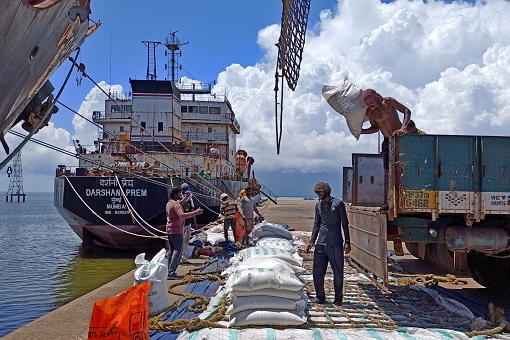
However, rushing for rice from Vietnam and Thailand does not mean these countries have sufficient inventories to meet the shortfall created by the Indian’s sudden exports ban. This could see African countries most affected by Modi administration’s decision. It wasn’t a coincidence that India swiftly moved to ban rice exports after Russia terminated the Black Sea Grain deal.
Wheat prices jump immediately after Russian president Vladimir Putin withdrew from the deal, which had allowed Ukraine to export grain through the Black Sea. First inked in July 2022, the U.N.-brokered Black Sea Grain Initiative enabled Ukraine to supply world markets with over 32 million tonnes of food products after Moscow invaded the country, a key grain exporter.
Controlled by the Russian Navy, the Ukrainian ports of Odesa, Chornomorsk and Yuzhny (Pivdennyi) in the Black Sea were being blocked from exporting tonnes of grain, including sunflower, maize, wheat and barley. As a result, world food prices skyrocketed. However, when a deal for the grain shipments was struck in July last year, the prices of food declined by about 20%.
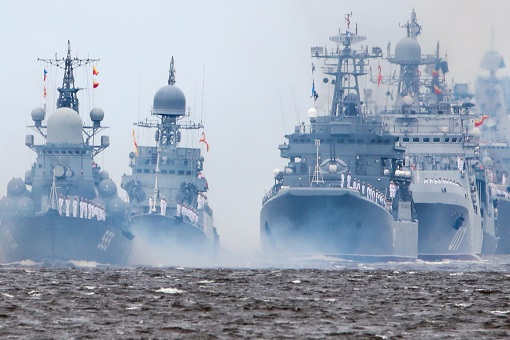
But a year after the deal was brokered by the U.N. and Turkiye expired (July 17), the Kremlin scraped the agreement – accusing Western nations of failing to honour the terms and conditions. Essentially, the Black Sea Grain Initiative is a “two parts agreement” signed by Russia, Ukraine, Turkiye, and the United Nations to facilitate agricultural exports from Russia and Ukraine.
The first part involved the export of Ukrainian foodstuffs from Black Sea ports through waters controlled by Russia, allowing corn, wheat, barley and sunflower oils worth over US$5.5 billion to be exported through safe corridors. The second part involved the export of Russian food and fertilizer, which Moscow said was not implemented due to the U.S. and European Union sanctions.
Moscow said the failure of the Western power to lift the sanction restrictions saw shipping firms, international banks and insurance companies refused to deal with the Russian producers. To make matters worse, Russia’s agriculture-focused Rosselkhozbank remains disconnected from SWIFT, therefore, creating difficulties in international payments for the commodities.
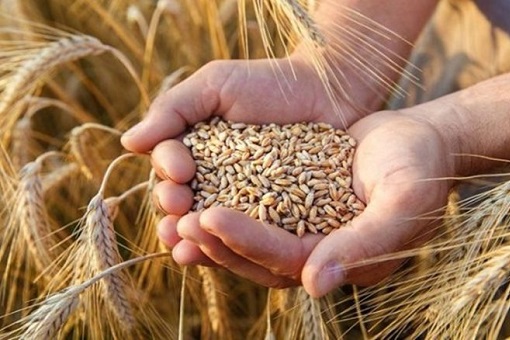
Before banning rice exports in September 2022, India, which is the world’s second-largest wheat producer behind China, banned wheat exports in May 2022 as part of measures to control rising domestic prices as a result of the conflict in Ukraine. Till today, New Delhi still refuses to lift the wheat export ban to ensure the availability of sufficient wheat supplies for its own people.
The country with 1.4 billion people is struggling with not only escalating prices of rice and grains, but also vegetable and fruit. Thanks to heatwaves and high temperatures in April and May along with delayed monsoon showers in southern India and Maharashtra, prices of tomatoes in India have surged more than 300% in recent weeks. In late June, prices of tomato doubled in retail markets within a day.
The BJP government of Modi hopes the ban would lower the prices of rice for domestic consumers. The price of India’s 5% broken parboiled variety this week hit close to a five-year peak between US$421 and US$428 a metric tonne. But local producers were not impressed over the ban, arguing local rice prices could plunge as they scramble to find new domestic buyers.
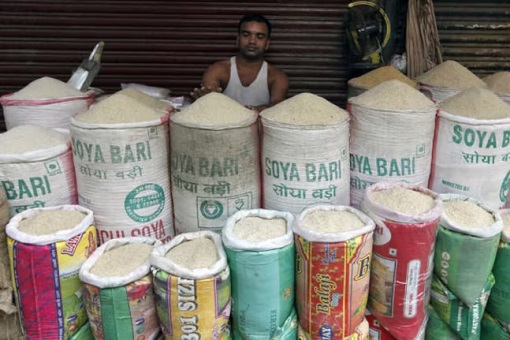
Other Articles That May Interest You …
- Food Price To Spike Again – Russia Terminates Black Sea Grain Deal, Threatening Global Food Security
- Europe’s Fake Solidarity Cracking – Panic & Social Unrest Began As Putin Says “No Gas” Until Sanctions Lifted
- Moscow & Beijing Laughing All The Way To The Bank – How China Makes Easy Money Reselling Russian Gas To Europe
- The Worst Is Not Over Yet – Why Inflation & Recession Are Still Alive And The Global Economy Is Still In Bad Shape
- A Shift In Propaganda To Damage Control In Washington – Why President Biden & Western Media Making U-Turn Now
- Economic & Financial Meltdown Is Here – All Signs Lead To Recession, Stagflation, Jobless And A Repeat Of Dot-Com Bust
- Russia Cuts Off Gas To Poland & Bulgaria – European Gas Jumps 24% As Putin Starts Punishing “Unfriendly Countries”
- U.S. Sanctions Fail – How Russian Currency Emerges Stronger Than Pre-War With A New Gold Standard
- Pay Gas In Ruble Or Else – Europe In Serious Trouble As Putin Retaliates Against Western Sanctions
- From Wheat To Oil & Gas – How Russia Invasion Of Ukraine Affects Europe’s Food Supply, And Even Your Loaf Of Bread
- The Price For Harbouring Zakir Naik – India May Hike Tariff On Palm Oil From Malaysia To 50% From 45%

|
|
July 22nd, 2023 by financetwitter
|


|

|

|

|

|

|




























Comments
Add your comment now.
Leave a Reply